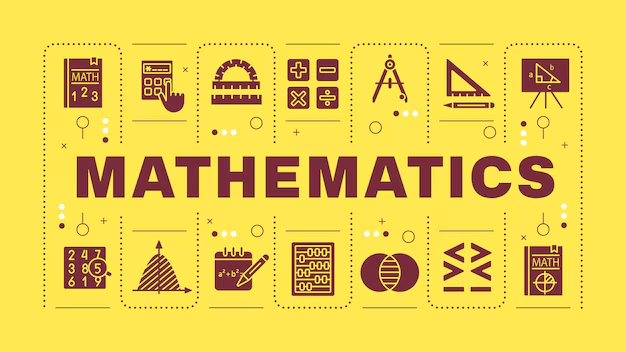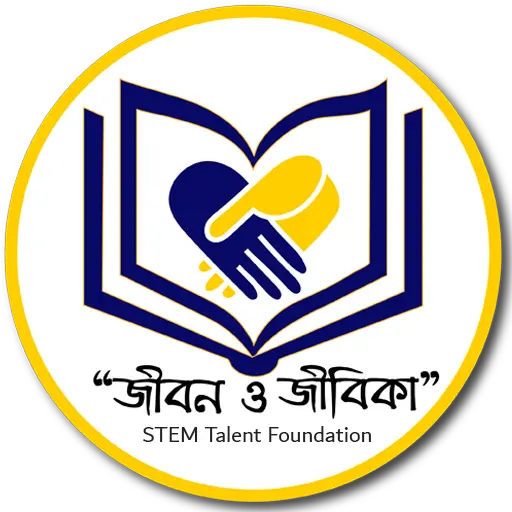Junior School Math – Class VII
- Home
- Junior School Math – Class VII

Course Module –
Number System
- Multiplication and division of integers
- Properties of operations on integers: Commutativity, associativity, existence of identity and inverse and distributivity
- Problem solving using operations on integers
- Solution of word problems involving integers (all operations)
- Introduction to rational numbers (with representation on number line)
- Word problems on rational numbers (all operations)
- Decimal representation of rational numbers
- Problem solving using operations on rational numbers and decimal fractions
- Fraction as an operator
- Reciprocal of a fraction
- Multiplication and division of decimal fractions
- Exponents only natural numbers.
- Laws of exponents (through observing patterns to arrive at generalization)
- Application of laws of exponents in simple daily life problems
- Revision idea of sets
- Equal, equivalent, universal sets
- Cardinal property of sets
Ratio and Proportion
- Ratio and proportion (revision)
- Unitary method continued, consolidation, general expression for unitary method
- Percentage – an introduction.
- Understanding percentage as a fraction with denominator 100
- Converting fractions and decimals into percentage and vice-versa.
- Application to profit and loss (single transaction only)
- Application to simple interest (time period in complete years).
- Speed, distance, time
Algebra
- Terms related to algebra like constants, variable, terms, coefficient of terms, like and unlike terms, etc.
- Generate algebraic expressions
- Performs operations (addition and subtraction) on algebraic expressions with integral coefficients only
- Simple linear equations in one variable (in contextual problems) with two operations.
- Inequalities and solution of simple inequalities in one variable
Geometry
Understanding shapes
Pairs of angles (linear, supplementary, complementary, adjacent, vertically opposite)
Properties of parallel lines with transversal (alternate, corresponding, interior, exterior angles)
Properties of triangles
Angle sum property
Exterior angle property
Pythagoras Theorem (Verification only)
Symmetry
Recalling reflection symmetry
Idea of rotational symmetry, observations of rotational symmetry of 2-D objects. (90°, 120°, 180°)
Representing 3-D in 2-D
Identification and counting of vertices, edges, faces, nets (for cubes cuboids, and cylinders, cones).
Mapping the space around approximately through visual estimation.
Congruence
Congruence through superimposition
Extend congruence to simple geometrical shapes e.g. triangles, circles.
Criteria of congruence
Construction
Construction of a line parallel to a given line from a point outside it
Construction of simple triangles.
Mensuration
Revision of perimeter and Idea of Circumference of Circle Area
Concept of measurement using a basic unit area of a square, rectangle, triangle, parallelogram and circle, rings and combined figures.
Data Handling
- Collection and organization of data – choosing the data to collect for a hypothesis testing
- Mean, median and mode of ungrouped data – understanding what they represent
- Constructing and interpreting bar graphs
- Feel of probability using data through experiments. Notion of chance in events like tossing coins, dice etc.
- Tabulating and counting occurrences of 1 through 6 in a number of throws.
- Comparing the observation with that for a coin. Observing strings of throws, notion of randomness.
₹499.00/ month
Note: Also Class timing once finalized will not be adjusted thereafter. Every Week One class. The timings will be finalized where majority of the students will be gathered.


